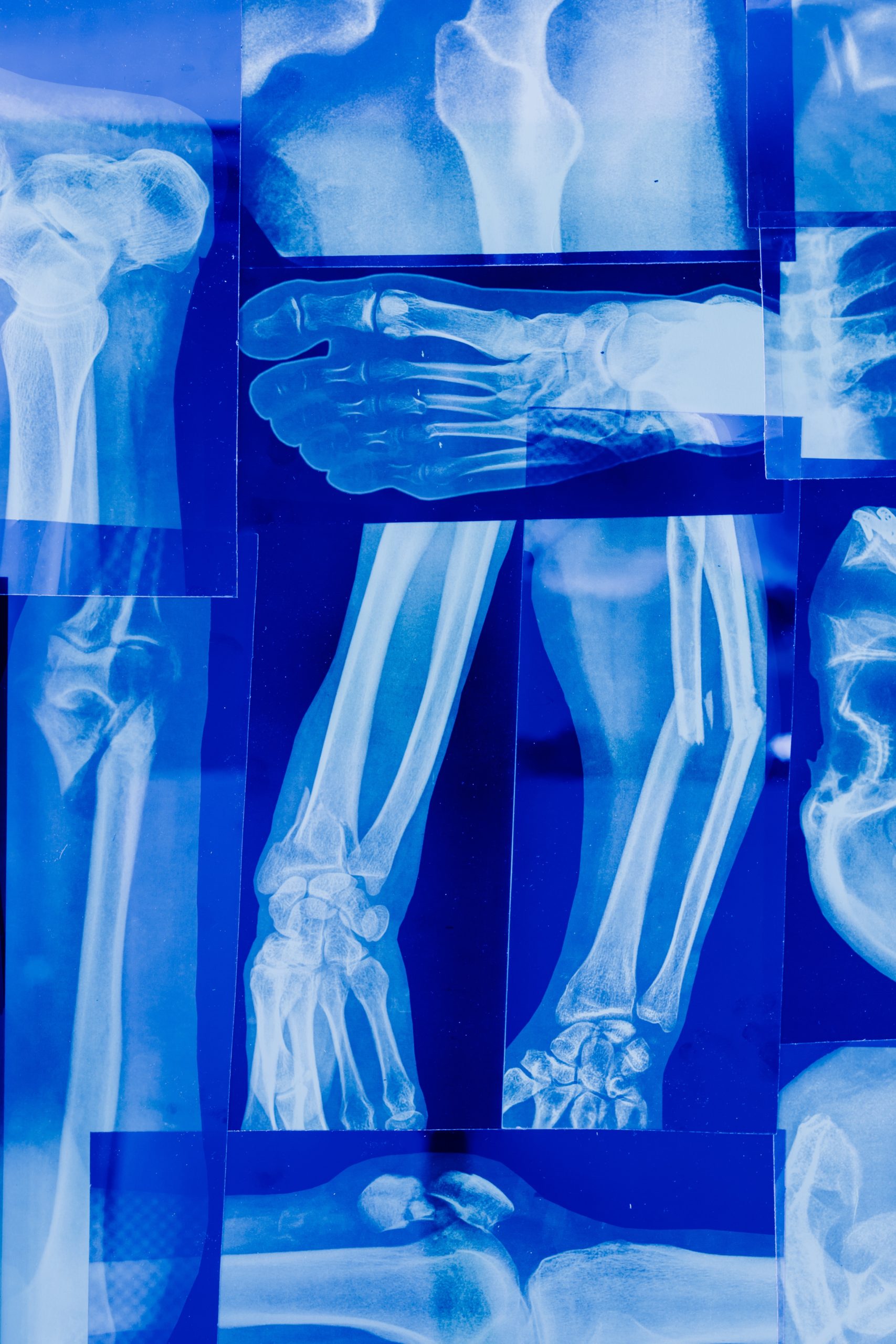Today I’ll answer the most common question of an injury lawyer, “What Makes A Valid Car Accident Claim.”
Every week, I get calls from someone who’s been hurt in a car accident. They’ll tell me a little about what happened and ask, “Do I have a case?”
I’ll share four things I’m thinking about while trying to answer the caller’s question.
Was Someone Negligent?
The first thing I need to know is whether there was negligence involved. In other words, is there a person or business that is responsible for your injuries?
A person is negligent or at fault under the law if he or she acted unreasonably carelessly.
If there’s no negligence, it doesn’t matter how hurt you were; you cannot be compensated with money for your injuries. To be clear, I’m not talking about intentional wrongs here, like a physical assault. That’s a discussion for another day.
However, this is often an easy question to answer in car crash cases.
If someone breaks the rules of the road and causes a crash, they’re at fault. Going through a stop sign, making a left turn across traffic, or rear-ending the car in front of you are clear-cut cases of negligence. Ideally, the other driver will even be cited for a traffic violation, but sometimes it’s less than clear cut.
Intersections that aren’t governed by a traffic signal or a stop sign can be tricky, as are cases where someone stops short and the car behind runs into them. Sometimes these cases take a bit of investigation to figure out, but negligence is usually the easiest answer in a car crash case.
How Serious Are The Injuries?
Next, I’m thinking about whether there are injuries and their severity when evaluating if you have a valid car accident claim. Here’s where the law in New York and Vermont differs.
In New York, your injuries need to be of a kind that meets the New York no-fault threshold to have a personal injury claim. You don’t have a case if you don’t meet the threshold.
 With many of our New York callers, we need to wait and see how things develop with their injuries before saying whether or not it meets the threshold and you have a case.
With many of our New York callers, we need to wait and see how things develop with their injuries before saying whether or not it meets the threshold and you have a case.
In Vermont, even the slightest injury caused by negligence is entitled to some form of compensation. So you don’t have the same threshold problem in New York.
Assuming someone has suffered physical injuries and New York meets the threshold, then there is a case. Of course, it doesn’t mean it’s a good cause, only that there is a case to be made. Minor bumps and bruises, things that heal on their own without treatment or lasting effects, will, in all honesty, not generate a lot of value for you as a personal injury claim.
Are The Injuries Caused By The Crash?
Number three is whether the injuries are connected to negligence, which is the most complicated question of all, causation.
In some cases, it is an easy question to answer. If you didn’t have a broken ankle before the crash, and now you do, well, then it’s causally related.
However, what if you had back problems over the last ten years? You’ve had disc surgery twice and were doing mostly well but had seen your spine surgeon two weeks before the crash. Since the crash, you’re in terrible back pain.
Was, is it caused by the crash or not?
This is often where defense lawyers mount their strongest challenge to your case. It’s often a battle of expert witnesses and can get expensive.
You should know that just because you weren’t in perfect health before the crash doesn’t mean you don’t have a case. It just means you and your lawyer have to prove with evidence that the problem was made worse by the crash, and this often takes time and investigation, and it’s not a question we can answer for you when you first call.
Is There Insurance Coverage?
Finally, the final thing you need to answer when asking if you have a valid car accident claim is there is insurance coverage? There’s almost always some insurance in a car crash case, but it may not be enough.
Both New York and Vermont have mandatory coverage. If the driver who hits you has a minimum of 25,000, though, no matter how badly or hurt, that’s all you’re gonna get.
In those cases, lawyers will see if underinsured coverage or some other insurance that might apply to your case.
Summary
There you have it; those are four things I think about when evaluating if you have a valid car accident claim. Of course, each case is unique; these are just some of the questions I ask. If you want to see if you have a valid car accident claim, you can give my team a call.
We only handle accident and injury claims and service seriously injured people in Vermont and New York.




